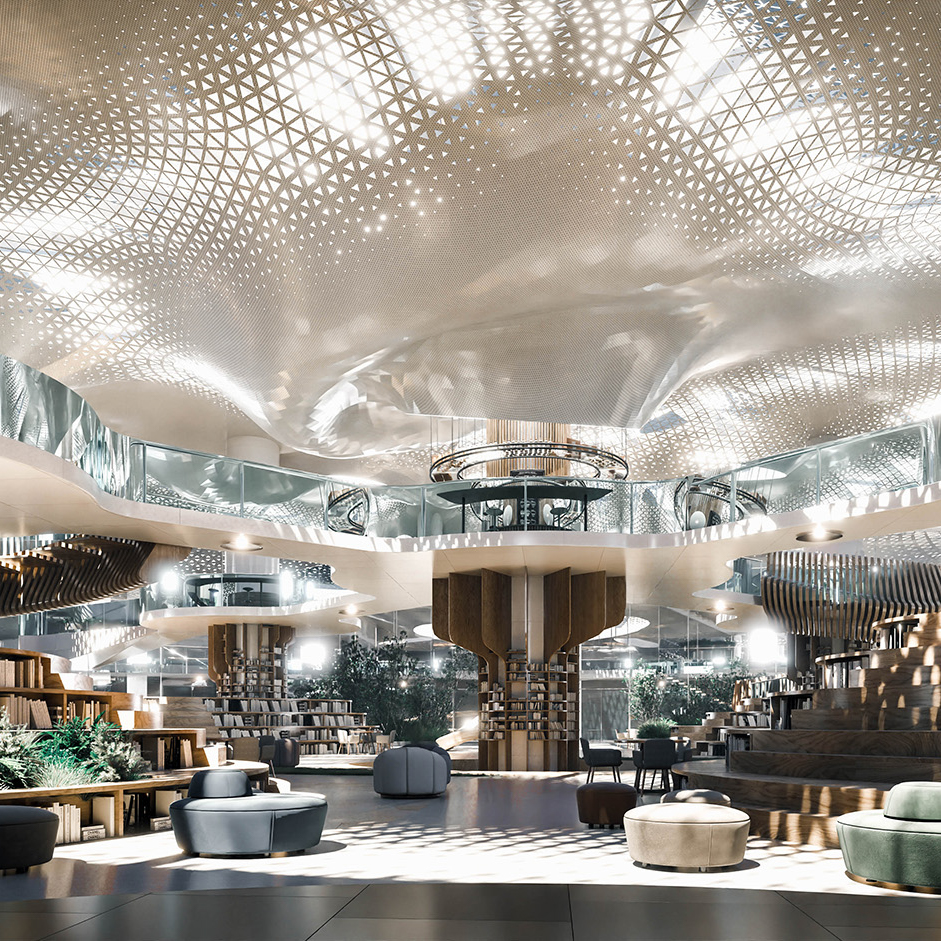Lighting sculpture is an art form that merges technology and creativity to produce unique and visually stunning installations. These sculptures use lighting effects, patterns, and colors to create immersive environments that engage and captivate their audience. In recent years, lighting sculpture has gained popularity and recognition as an emerging art form. In this article, we will explore the fascinating world of lighting sculpture, its history, and its impact on contemporary art.
History of Lighting Sculpture
The origins of lighting sculpture can be traced back to the invention of electricity in the 19th century. Early experiments with light and color paved the way for the development of lighting as a tool for artistic expression. In the early 20th century, artists like Marcel Duchamp and Alexander Calder began incorporating light into their sculptures, creating a new genre of art that blended sculpture and illumination.
The 1960s marked a significant turning point in the history of lighting sculpture. The emergence of kinetic art, which combined movement and technology, led to a new wave of experimentation in lighting sculpture. Artists like Dan Flavin and James Turrell used fluorescent light bulbs and neon tubes to create installations that transformed the perception of space and light.
Today, lighting sculpture continues to evolve and push the boundaries of traditional art forms. Advances in technology have allowed artists to create ever more complex and interactive installations that challenge our perceptions of the world around us.
The Elements of Lighting Sculpture
Lighting sculpture combines multiple elements to produce a cohesive and visually engaging experience. These elements may include lighting effects, color schemes, materials, and design.
Lighting Effects
Lighting effects are the foundation of lighting sculpture. These effects can be achieved through a variety of techniques, such as projection, reflection, and diffraction. The most common lighting effects used in lighting sculpture are ambient lighting, spot lighting, and backlighting.
Ambient lighting provides general illumination and creates an overall mood for the installation. Spot lighting is used to highlight specific parts of the sculpture, while backlighting creates a dramatic effect by illuminating the sculpture from behind.
Color Schemes
Color is an essential element of lighting sculpture. It can evoke emotions, create a sense of depth, and accentuate the sculptural form. Artists must carefully select colors that complement the sculpture and create a cohesive visual experience.
Some lighting sculptures use a monochromatic color scheme, while others employ a wide range of colors. The use of colored light filters or gels can also alter the hue and saturation of the lighting.
Materials
The materials used in lighting sculpture can range from traditional media, such as bronze, to modern materials, such as LED strips. Some artists use translucent or transparent materials, such as acrylic or glass, to create a sense of translucency and softness in the sculpture.
Design
Design is a crucial element in lighting sculpture. A successful installation must balance the visual impact of the sculpture with the practical considerations of space and audience interaction. The design must create a cohesive and immersive environment that engages the viewer and allows them to experience the sculpture in a meaningful way.
The Impact of Lighting Sculpture on Contemporary Art
The rise of lighting sculpture as an art form has had a significant impact on contemporary art. It has expanded the scope of what is considered art, and provided new opportunities for artists to experiment and innovate.
Lighting sculpture has also become increasingly prevalent in public spaces, such as museums, galleries, and outdoor art installations. These installations not only showcase the artists’ skills but also provide a unique and interactive experience for viewers.
Moreover, the immersive and engaging nature of lighting sculpture has made it a popular tool for commercial and entertainment purposes. Advertisers, event planners, and production designers all use lighting sculptures to create memorable and impactful experiences for their audiences.
Lighting sculpture is a fascinating and dynamic art form that blurs the lines between sculpture and installation art. It combines technology, creativity, and design to create immersive and visually stunning environments that engage and captivate their audiences. As lighting sculpture continues to evolve and push the boundaries of traditional art forms, it will undoubtedly have a lasting and meaningful impact on contemporary art.

















